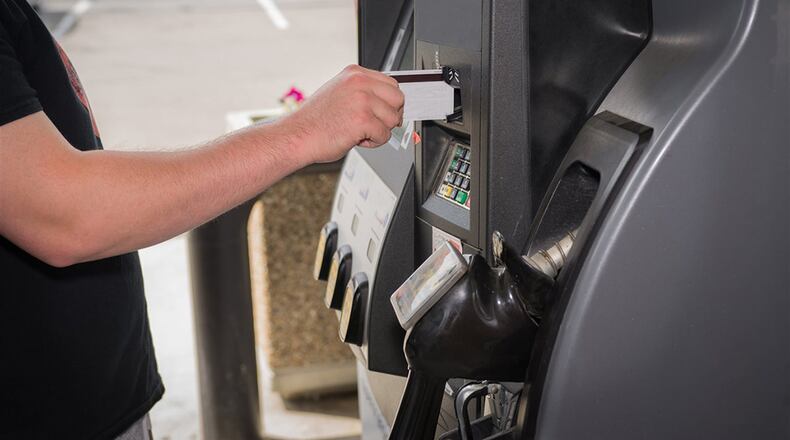An additional drop of 35-to-75 cents per gallon at most stations is possible in the weeks ahead, DeHaan said.
“Gas stations are passing along the drop several weeks behind, and there’s plenty more room for prices to drop, putting 99 cents per gallon prices as a strong possibility for perhaps many more stations than we previously anticipated,” he said. “This is truly an unprecedented turn of events.”
Gas price averages in at least 35 states, including Ohio, have dropped below $2.10 a gallon on Monday, down from $2.45 just one month ago. The average gas price in the Dayton region was $1.65 per gallon, according to GasBuddy.com
“The national average has fallen 35 cents in a month and the first gas station to drop prices to 99 cents per gallon is a BP station in London, Ky.” GasBuddy said. “We could be seeing a handful of stations selling regular gasoline for 99 cents, and the national average dipping below $2 per gallon.”
RELATED: Who is Dr. Amy Acton?
The drop in price is attributed to an oil price war between Russia and Saudi Arabia, and growing concerns and restrictions related to the coronavirus pandemic.
In the Dayton area, prices on Monday were as low as $1.33 a gallon at Valero on Philadelphia Drive, a BP station and a Sunoco on Salem Avenue.
“I can’t believe this. I haven’t seen it this low in my lifetime,” said Michelle Deroche, a 20-year-old filling up at Springboro’s Thortons gas station near Interstate 75 for $1.50 a gallon.
President Donald Trump had directed the Energy Department last week to fill the United States’ emergency stash of crude oil to the top, over objections from congressional Democrats who said he was favoring climate-damaging fossil fuels and the profits of oil giants.
Plummeting crude prices benefited U.S. consumers filling up their cars, Trump said Thursday. “But on the other hand, it hurts a great industry, and a very powerful industry,” Trump told reporters.
Energy Secretary Dan Brouillette told reporters Thursday that the move was about filling up the country’s 713.5 million barrel Strategic Petroleum Reserve at a time of cheap oil, not about throwing U.S. oil producers a lifeline in rough markets. The reserves are stashed underground in Texas and Louisiana.
“It’s a common-sense move. Everyone who’s done any personal investment knows you do your best to buy low and sell high,” Brouillette said.
Brouillette also denied the United States was intervening against market forces to boost U.S. oil prices. Pointing to Russia and Saudi Arabia’s surge of production, he said the purpose of the nation’s strategic oil reserves is “to mitigate this type of disruption.”
Though the oil industry’s major trade association, the American Petroleum Institute, says it does not want a government bailout, some in the industry are pushing for embargoes or tariffs.
The Associated Press contributed to this story.
DETAILS: Second resident of Koester Pavilion dies, awaiting coronavirus test results
About the Author
